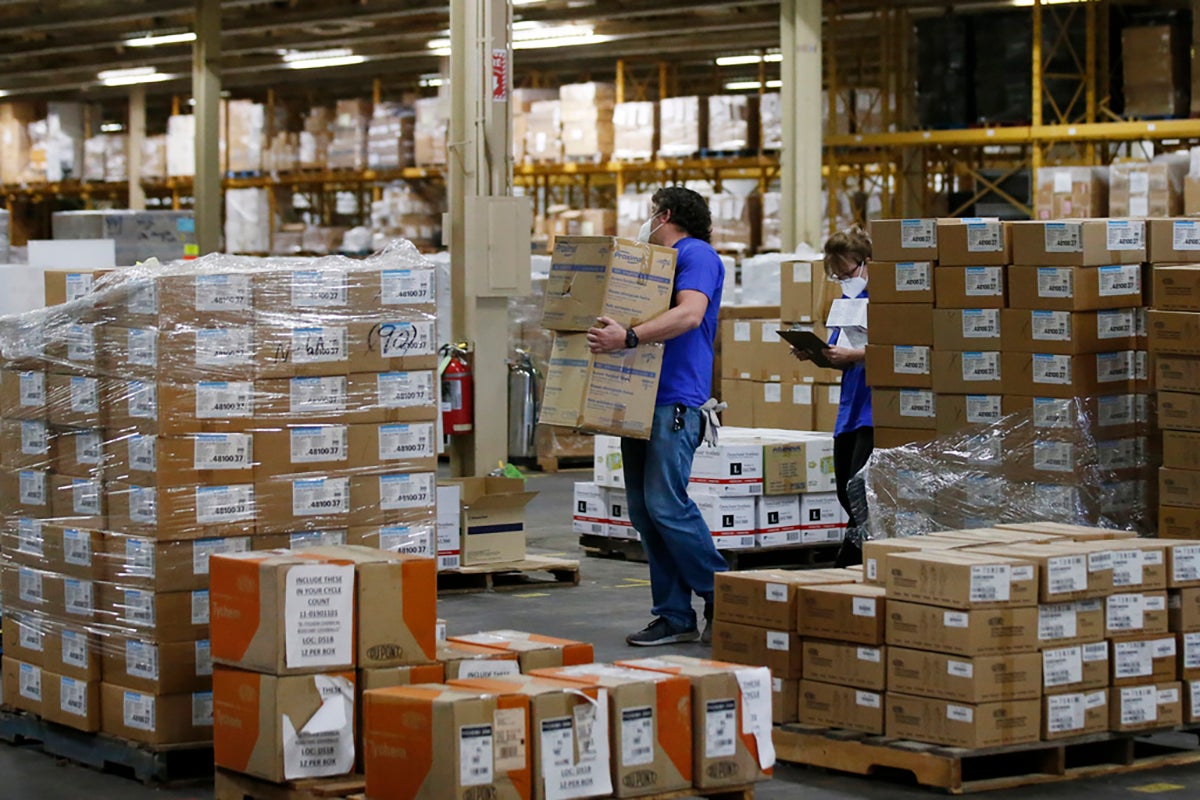Barriers to filing complaints and setting a new national heat standard
Shepherd said many workers felt like they couldn’t file a complaint or bring their concerns to company owners over hot working conditions out of fear that they’d sour their relationships with direct managers, or be informally punished.
“Like they’d get assigned a worse work shift or a worse job in the kind of job rotation,” she said. “You also don’t feel like you can say something if you feel like there’s no path to changing it.”
One of the main problems with addressing indoor workplace heat safety is the lack of a federal standard or labor policy that requires employers and businesses to offer specific workplace accommodations at certain temperatures, Shepherd said.
States like California, Oregon and Minnesota have adopted their own heat-related regulations, but no such policies exist in Delaware, New Jersey or Pennsylvania.
Reiger said he wished his employer would institute additional work breaks, “where on hot days like this, people are allowed to take breaks, you know, cool off, refresh,” in addition to having an air-conditioned space to rest.
There is a proposal to set a national heat standard and workplace safety requirements that’s currently under review at the Occupational Safety and Health Administration, or OSHA, to address some of these issues.
The new rules would require employers to activate certain cooling measures and take other steps to prevent heat hazards in the workplace.
Companies and businesses would need to provide easy access to drinking water and shaded or cooled rest areas when the heat index, which also takes into account humidity, reaches 80 degrees.
When the heat index reaches 90 degrees, employers would need to provide at least one 15-minute paid break every two hours. Prior to anticipated heat waves and extreme heat events, companies would also need to notify workers before the start of their shifts about the dangers and risks of heat and their cooling options while on the clock.
Shepherd said these federal standards and requirements might motivate employers to make more changes or enforce existing policies that were designed to limit heat hazards.
The labor rules might also make workers more comfortable in filing complaints or advocating for changes at their jobs if their employers fail to comply with the rules, she said.
On the other hand, Shepherd said federal agencies like OSHA can be understaffed when it comes to inspection officials and resources, which could affect how well these new heat safety standards are enforced.
“I think the most important thing is figuring out how to make that happen and to preserve it, and to make sure that it actually happens,” Shepherd said.
